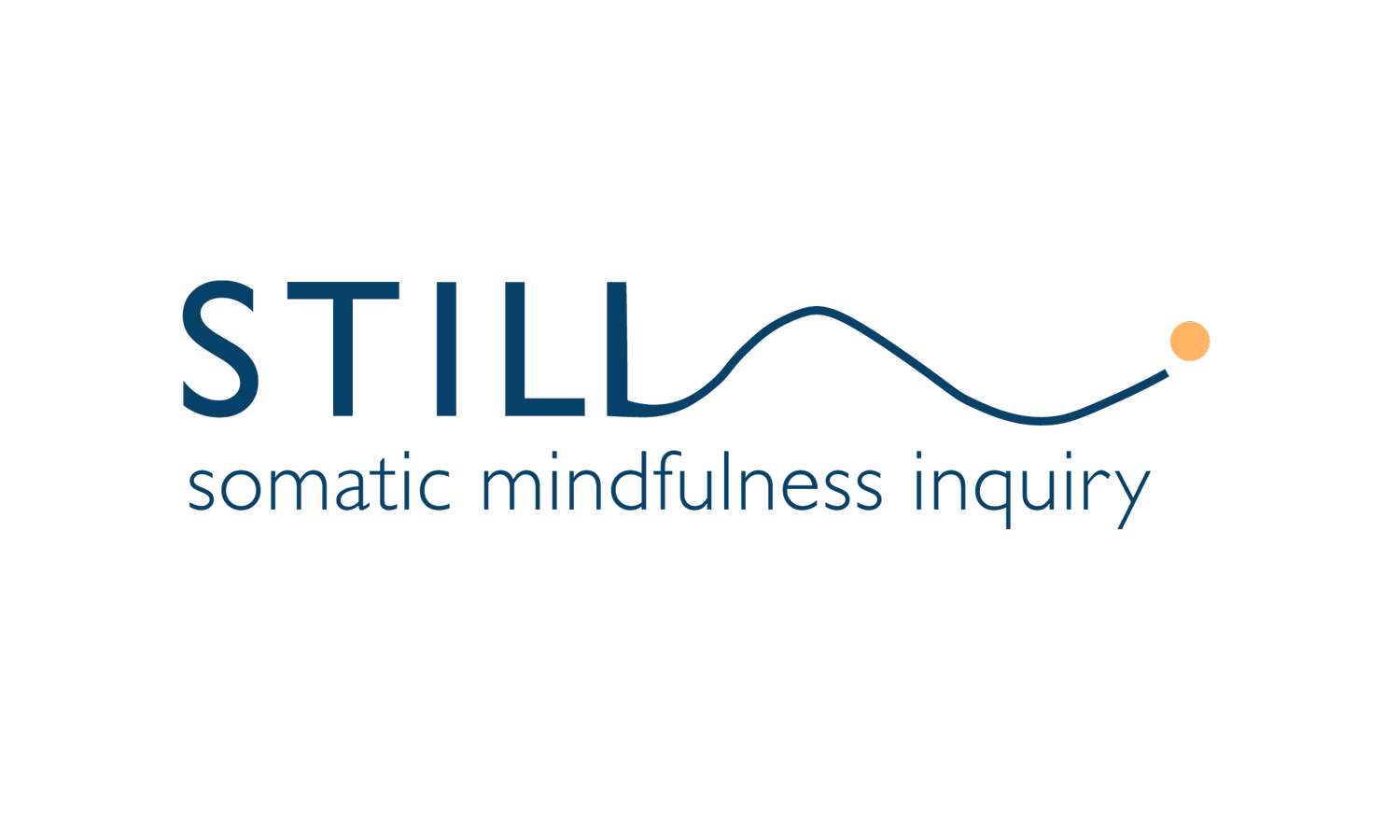Up the Polyvagal Ladder
Working directly with our nervous system
We assign unconscious trauma responses to people as personality
They’re just scrappy (and we walk on eggshells so we don’t set them off)
Hello, anyone home? (we ask sarcastically as we try to get their attention)
I didn’t realize before that I hold my breath a lot. When I try those longer exhales, I feel edgy and uncomfortable.
They’re a suck up. Why can’t they stand up for themselves? or Urgh! Why did I agree to that?
Let’s go beyond the obvious signs of being in fight/ flight/ freeze/ fawn survival responses, and explore how this really affects our daily life.
We all move up and down the polyvagal ladder, and we usually have a go-to response based on childhood conditioning. Our nervous system assesses threat and the best option for survival, sending us into one of these protective strategies.
Each form of protection has advantages and disadvantages. We didn’t choose them as a child. We did what worked best for our survival. We don’t choose them now as adults, although we have more awareness and options now.
Through somatic mindfulness inquiry, we recognize earlier where we are on the ladder, develop proficiency in tools for grounding and orienting, and build resilience so we’re not stuck in survival mode. That’s not really living.
We live in mammal bodies, and we share fight/ flight/ freeze strategies with other animals. When we perceive a threat to our physical body, we might hold our breath and get physically still to hide from a predator. Animals throw that off when the threat passes. People may develop long standing habits of freeze in the body.
Humans also face social and relational threats. We live in culture and global community, and we have highly developed brains and awareness that is different from other species.
Through somatic mindfulness, we can reliably access our higher level functioning, and return to ventral vagal, a state of calm, connection, and compassion. This is where we blossom into creativity, intuition, and a meaningful life.
We begin our exploration of our survival strategies with dorsal vagal or freeze.
Freeze can look like numb, disconnected, and hunkered down for safety.
Freeze takes the edge off of painful, overwhelming experiences. We might hold our breath to avoid notice. We disconnect from others. It’s safer “in here”.
We’re living a half life. When something wonderful happens, it takes a while to sink in because it has to get through layers of protection.
Our relationships aren’t as deep. When we’re in freeze, we don’t know what we feel and we can’t share authentically. We all lose out. It’s hard to connect with someone encased in layers of numbness.
When a parent in is freeze, their children often internalize core deficiency beliefs of I’m unlovable. There must be something wrong with me. Even my own parent doesn’t want to know me.
We miss the signs of danger when we’re in freeze. We’re confused. We don’t protect ourselves or others in our care. We literally don’t take in reality.
Someone in freeze might be more amenable to get along with, and they’re not as scary as someone who lashes out in a fight response, but being in freeze is frustrating for us and for anyone trying to engage with us.
To come out of freeze, we need to come up the polyvagal ladder into sympathetic arousal, fight or flight, and from there into ventral vagal.
Fight is fiery and has intense, stormy energy.
Flight I’m outta here! We escape physically, emotionally, mentally
Ventral vagal is where we feel calm, connected and have access to compassion.
We’re going to explore each of these in depth this month in our Sunday free community class, and each week coming up the ladder into ventral vagal.
“Trauma decontextualized in a person over time can look like personality, trauma decontextualized in a family over time can look like family traits. Trauma decontextualized in a people over time can look like culture.” Resmaa Menakem
Watch the clips and interviews in this playlist from Dr Stephen Porges, Polyvagal Institute and Deb Dana LCSW Rhythm of Regulation
Click here to join our Sunday free community class. We begin February 12th inquiring into dorsal vagal, freeze response.
Click below to watch the guided somatic inquiry from class.
